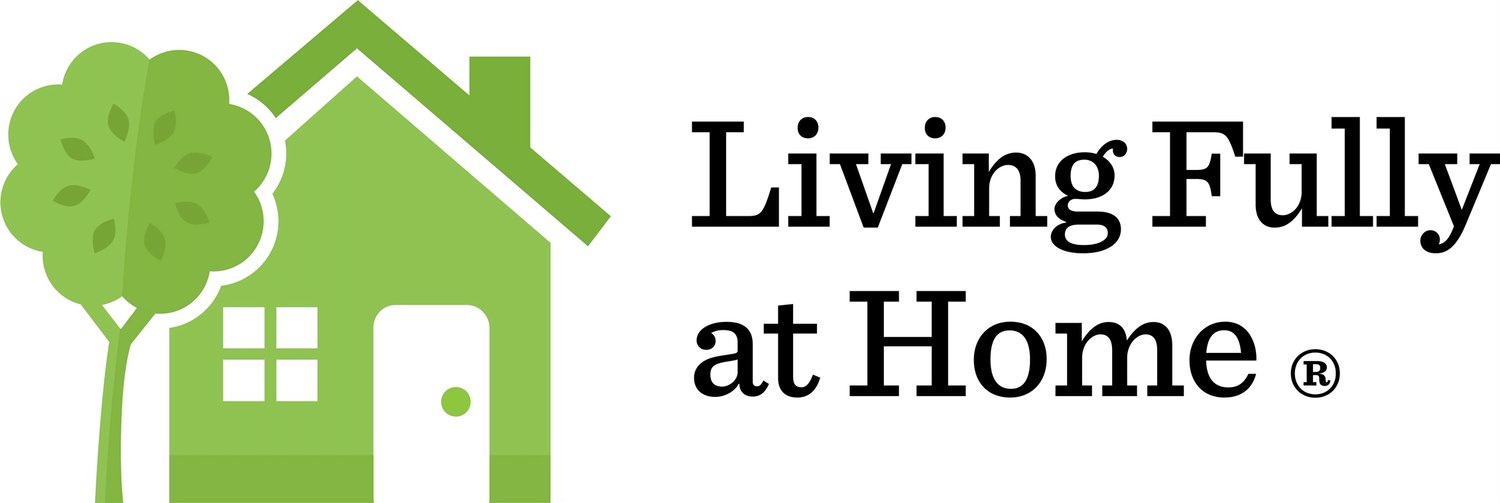Losing vision does not mean giving up your activities, but it does mean finding new ways of doing them. When low vision issues can’t be improved with prescription lenses, medications or surgery, we can help you make the most of your vision, beginning with simple ideas and changes within your home. Examples are:
- high contrast borders along stairs, foot boards, wall corners, and edges of counter tops
- high contrast in eating and meal preparation surface areas
- magnification of reading material
- raised surfaces for touch controls on home appliances and devices/controls
- designated spaces and organization of everyday items
- optimum lighting in kitchen, bathroom and bedroom areas
The American Academy of Ophthalmology defines Low Vision as a loss of eyesight that makes everyday tasks difficult. A variety of eye conditions, including macular degeneration, glaucoma and diabetic retinopathy can make it difficult to accomplish activities such as recognizing faces, reading, writing, shopping, watching television or driving a car.
Working with your eye care professional, we can also provide recommendations for more sophisticated equipment, resources and service referrals. For more information on potential outside resources and services for individuals with low vision or visual impairments, click here.

